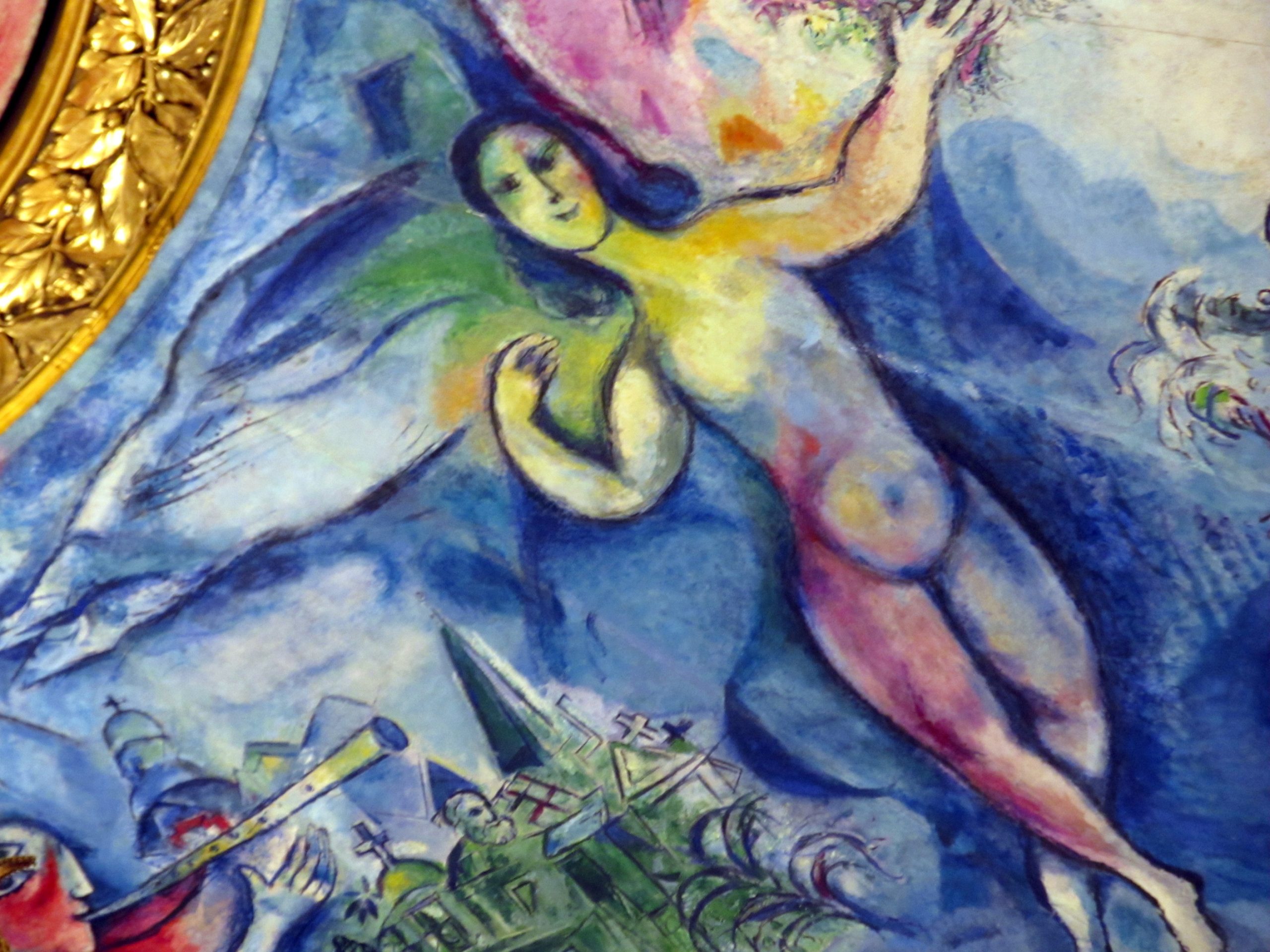The Jewish School of Paris, often referred to as part of the broader École de Paris, represents a vibrant chapter in the history of modern art. This group of artists, predominantly Jewish and of Eastern European origin, converged in Paris during the early 20th century, transforming the city into a global art hub. Their contributions not only enriched French art but also left an indelible mark on the development of Israeli art.
Historical Context
In the early 20th century, Paris became a magnet for artists from around the world, including many Jewish artists fleeing persecution in Eastern Europe. The term École de Paris was coined by André Warnod in 1925 to describe this diverse community of foreign artists, many of whom were Jewish12. Despite facing xenophobia and anti-Semitism, these artists thrived in the city’s vibrant artistic environment, particularly in the Montparnasse neighborhood.
Major Figures
Some of the most notable figures associated with the Jewish School of Paris include:
-
Marc Chagall: Known for his dreamlike, often fantastical depictions of Jewish life and culture.
-
Chaïm Soutine: A key figure in the Expressionist movement, celebrated for his bold, emotionally charged paintings.
-
Jules Pascin: A Bulgarian-born artist known for his expressive portraits and landscapes.
-
Amedeo Modigliani: An Italian artist of Jewish descent, famous for his elongated forms and portraits.
-
Isaac Frenkel Frenel: A prominent figure who influenced Israeli art by establishing the Histadrut Art Studio in Mandatory Palestine1.
Artistic Style and Themes
The Jewish School of Paris was characterized by a diverse range of styles, from Cubism to Expressionism. Many artists focused on expressing mood and emotion rather than adhering to formal structures, often using thickly brushed or troweled impasto techniques1. Jewish themes and motifs were common, reflecting the artists’ cultural heritage and experiences.
Impact on Israeli Art
The influence of the Jewish School of Paris extended beyond France to Israel. Artists like Isaac Frenkel Frenel returned to Mandatory Palestine, spreading the artistic traditions they had learned in Paris. This led to a flourishing of art in Israel, particularly in cities like Tel Aviv and Safed, where artists continued to explore themes of humanity and emotion1.
Legacy
The Jewish School of Paris played a pivotal role in shaping modern art, both in France and internationally. Despite facing significant challenges, including the devastating impact of the Holocaust, their legacy continues to inspire artists today. Exhibitions and museums, such as the Musée d’Art et d’Histoire du Judaïsme, celebrate their contributions, ensuring their work remains a testament to the power of art to transcend borders and cultures.
Conclusion
The Jewish School of Paris represents a remarkable chapter in art history, marked by innovation, resilience, and cultural exchange. Their story serves as a reminder of the enduring impact of art on society and the importance of preserving cultural heritage in the face of adversity.

